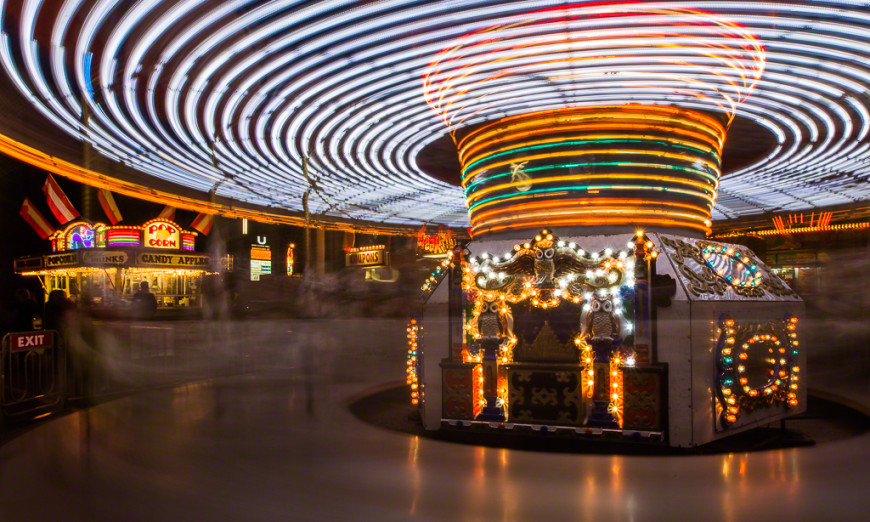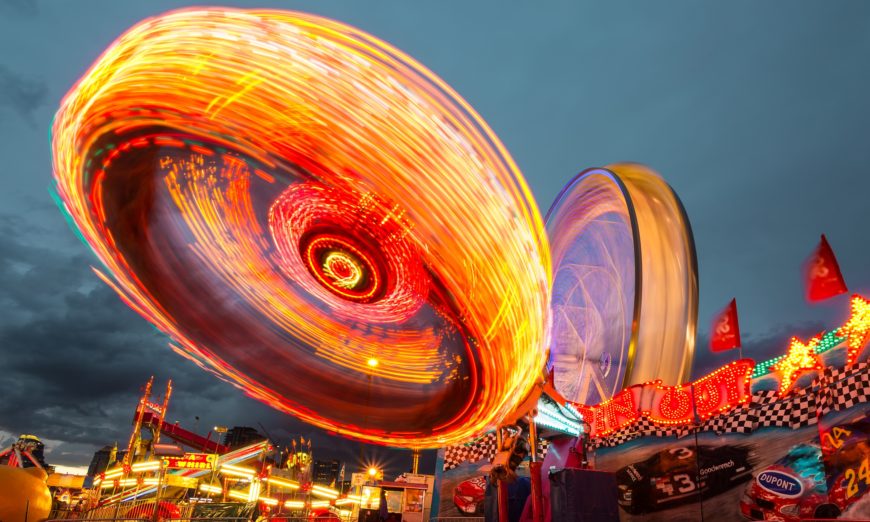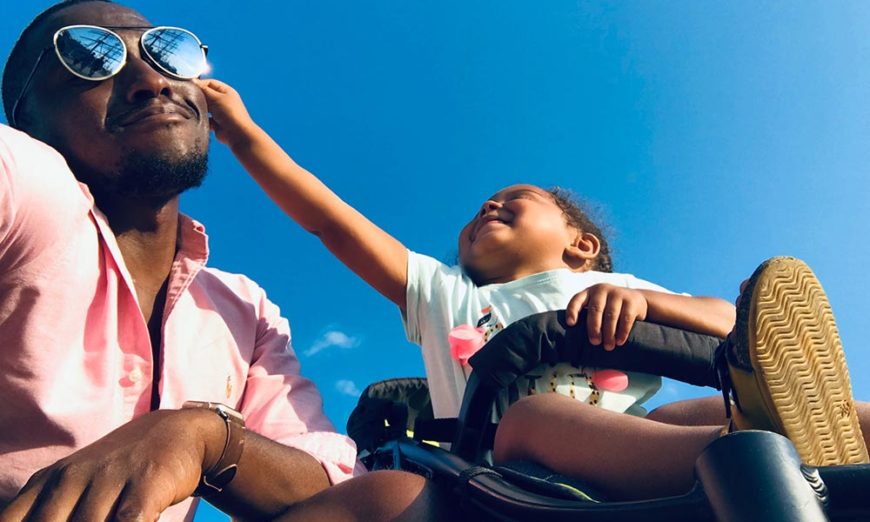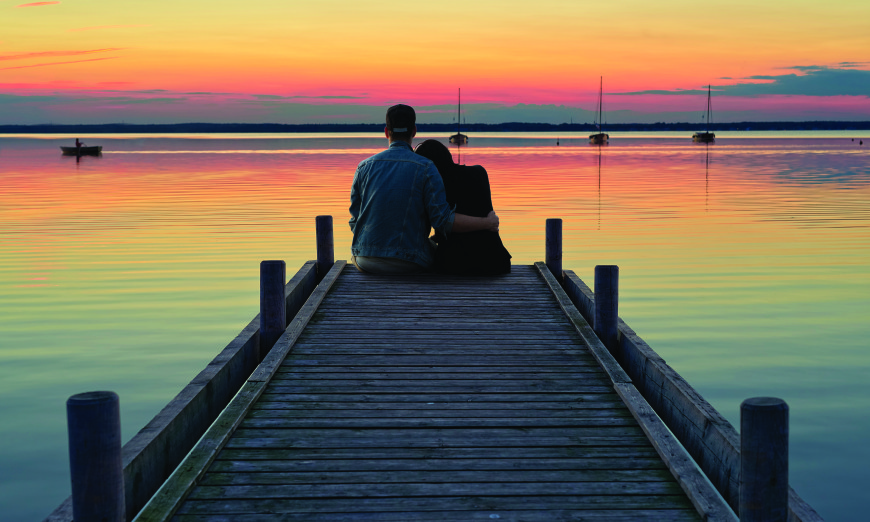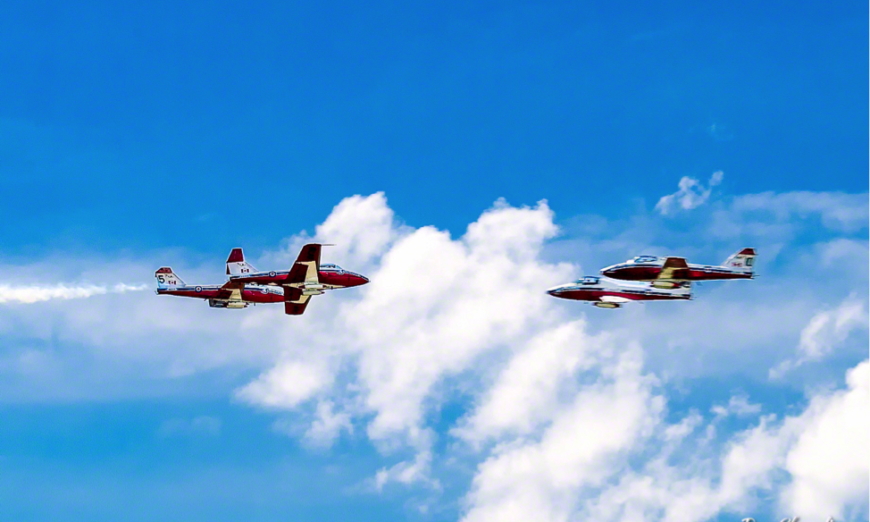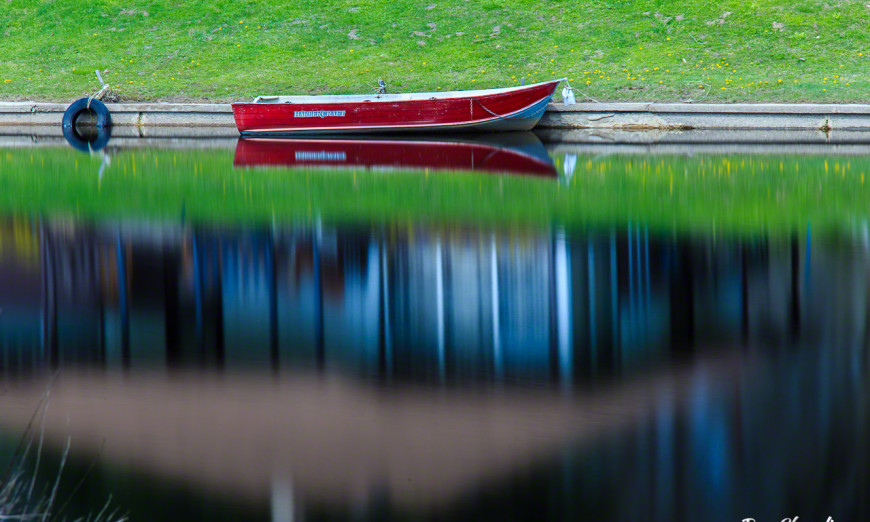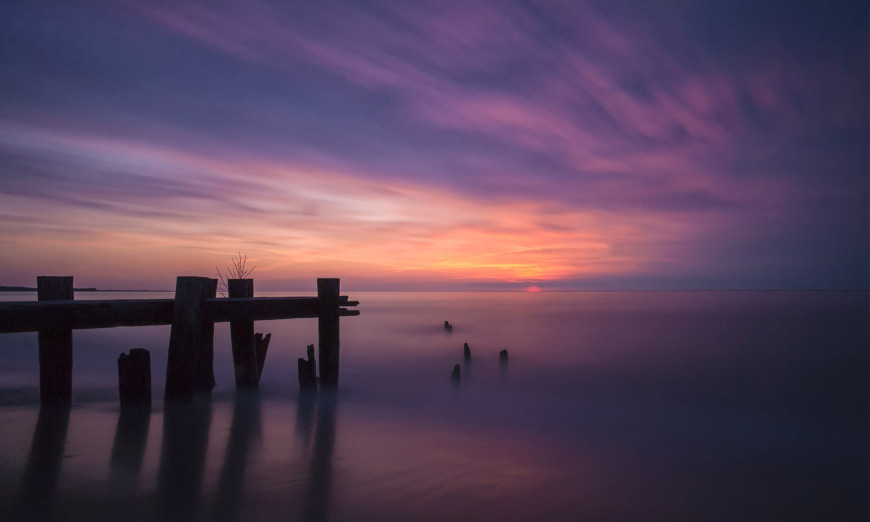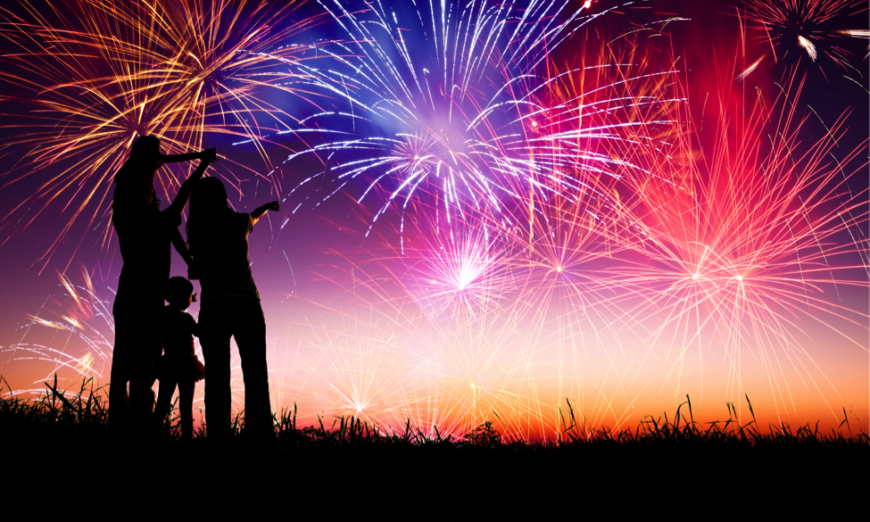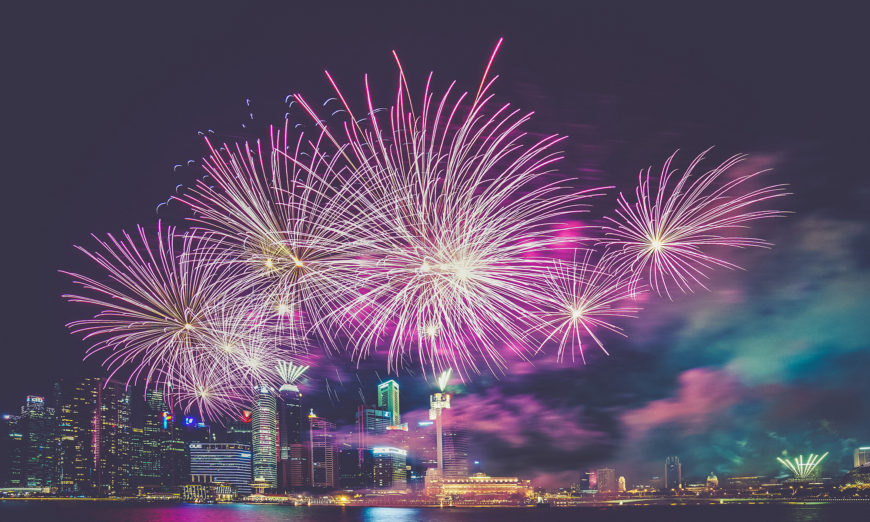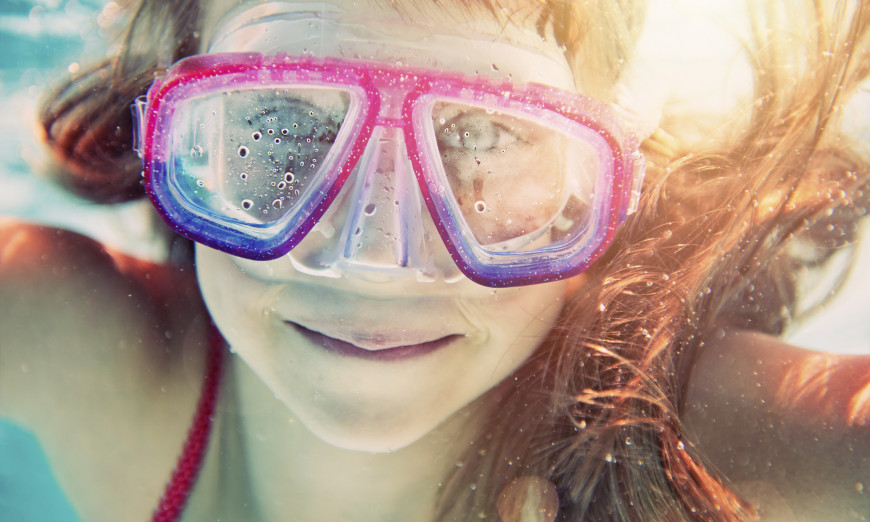When you are going out to shoot, be it hockey, auto racing, polo or figure skating, what makes these events special is the magic of the motion. What you want is a nice sharp photo, that also shows that motion is happening, and so communicates the magic of the event to the viewer. In this article, Ross Chevalier will show you how to use motion blur to capture more exciting photos.
Learning
Taking Photos At The Fair
BY Scott Jarvis August 9, 2019 Learning
With the CNE coming up, there will be more photos than ever, shared over social media from the venue. The biggest problem we face with fair photos? Too many of them are often Snapchat selfies, or simply shot strictly with a smartphone. As convenient as smartphones may be, they still pale in comparison to cameras and continue to struggle with low-light performance and a lack of optical zoom. If you plan to attend any fairs that are approaching and wish to make the best of your visit and capture the […]
Although we’re halfway through the summer, the sunny days that we dream about most of the year is still here! Let’s celebrate by getting outside and memorializing them. And the activities don’t need to be planned, like day trips or graduations, even the most mundane activities like washing the car or clearing the yard can be the greatest backdrop for fun and memorable shots. Our phones and cameras are crammed with un-shareable photos of headless family members and bad lighting, so it’s time to pay some attention to quality not quantity and create shots that you will be proud to post now and look back on later.
Most people tend to put their cameras away after the sun goes down, but sometimes the most magical moments happen when you’re sitting on the dock at and the night is setting in. There’s no magic recipe for nighttime photography, but there are a few easy tips you can remember that will come in handy whenever you want to capture great images in low light.
Exposure Compensation
BY Ross Chevalier July 19, 2019 Articles, Learning
What is exposure compensation and how do you use it? There are plenty of situations where using exposure compensation can improve your photos – at weddings, around a campfire, at air shows, taking shots of a nighttime skyline, etc. Exposure compensation exists on your camera so you can add brightness to images that come out too dark, or to remove brightness in images that are too bright to begin with. That’s it, plain and simple. Here are some tips on how and when to use exposure compensation.
Two Filters Every Serious Photographer Must Have
BY Ross Chevalier July 19, 2019 Learning
When we were shooting film, particularly black and white film, we carried pouches filled with filters because making the light adjustment had to be done at time of capture. With today’s amazing digital post processing, filters have to a large extent gone the way of the dinosaur and the dodo, fondly remembered but not widely used.
Sunsets And Walks On The Beach
BY Kevin Pepper July 12, 2019 Ask The Expert, Learning
“I was wondering if you have any tips for shooting sunsets along the beach. I can never seem to get a good balance with the exposer between the sun and the water. I can not get both of them exposed properly it seems, any tips?”
Simple Steps to Great Fireworks Photos
BY Ross Chevalier June 27, 2019 Articles, Gear, Learning, Quick Tips
All across this great country, we will be celebrating the 150th anniversary of Confederation and the founding of Canada. One of the great things that comes with Canada Day are tremendous fireworks shows. Here are some tips to help you get great shots.
Long Exposure Techniques
BY Kevin Pepper June 27, 2019 Ask The Expert, Learning
“I am going to Disney World in a month and am trying to find out how I can get better photos from my vacation. What DSLR settings are the best for shooting fireworks? What are the best settings to use when wanting to photograph stationary objects and have people that are walking by blurred?”
Have you taken the plunge? The interest in underwater photography is growing rapidly. The exciting technological advances in cameras and the ever-growing variety of accessories, which enable fantastic underwater images, are taking photographers to new photographic depths. Whatever your level of underwater expertise – from the bathtub to the ocean – here at Henry’s, we have the right camera for you!
